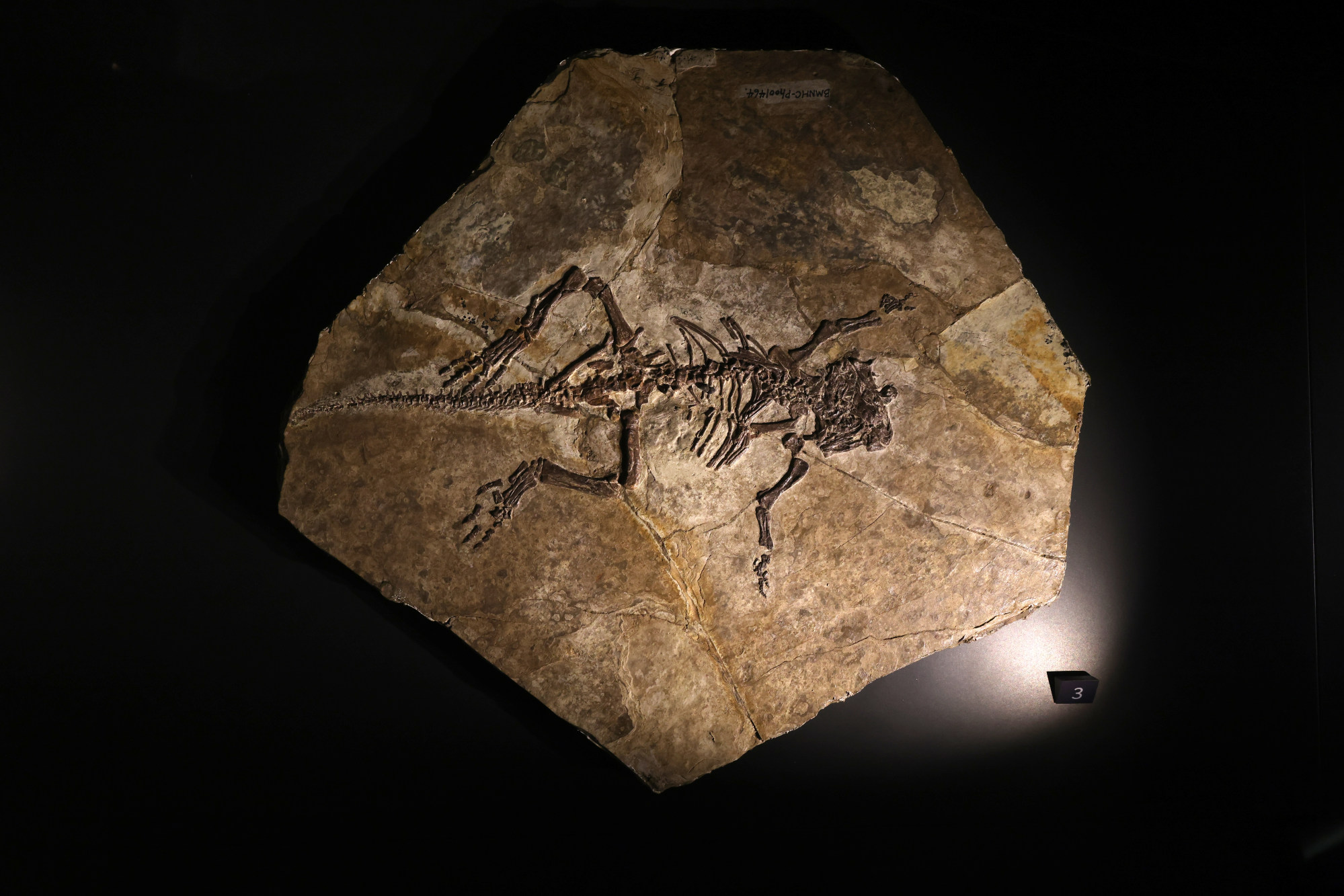
Where are all the dinosaurs? Learn about how Earth’s largest land animals became extinct
- These reptiles dominated our planet’s surface for more than 140 million years but disappeared very quickly




What are some reasons that large populations can disappear or go extinct?

What do many scientists believe is the cause for the dinosaur extinction?

What to fossil records tell us about a dinosaur’s existence and extinction?

What are some reasons that large populations can disappear or go extinct?

Difficulty: Summiteer (Level 3)
For more than 140 million years, a group of reptiles called dinosaurs ruled over Earth’s surface. But about 66 million years ago, most of them disappeared forever. The only dinosaurs that survived evolved into what we know now as birds.
What caused the dinosaur extinction?
Scientists have a popular theory about what caused the extinction: an asteroid – a big rock from space – that crashed into Earth. It caused a lot of devastation, causing huge tidal waves, sending debris into the air and triggering environmental changes. Many dinosaurs were hit by the initial impact or died because they could not adapt to the environmental changes.
How did palaeontologists – people who study fossils – come up with this idea? They have found a 180km-wide crater off the coast of Mexico that is likely from the same time period as when the non-bird dinosaurs disappeared.
Brian Ip, the Hong Kong Science Museum’s assistant curator, explained that many clues can be learned from fossils: “Palaeontologists observe and investigate the external properties of the fossils to predict what happened. The land around the fossil can tell scientists about the condition of the environment [at the time].”

A chance for new life
You might think it would have been fun to live alongside dinosaurs, but their extinction was actually beneficial for us.
“The extinction of dinosaurs gave way to the rise of mammals because after the dinosaurs went extinct, other animals took advantage and took over,” said Ip, who is also responsible for the science museum’s “Extinction · Resilience” exhibition.
The disappearance of such a dominating predator – after all, they are the largest land animals to have ever lived – allowed mammals to thrive and evolve. Without the dinosaur extinction, humans might not even be alive today.
Today, many species are also disappearing. It’s happening more quickly than what happened to the dinosaurs because people are hurting the environment by burning fossil fuels and creating pollution. If we’re not careful, we might end up just like the dinosaurs!
Find the words in the puzzle below to test your understanding of the vocabulary in this story.
Suggested Answers
-
Before you read: Environmental catastrophes, widespread diseases and wars are reasons that large populations of animals or people can disappear. (accept other acceptable answers)
-
Answer this: They believe a large asteroid led to the disappearance of the non-bird dinosaurs.
-
Quick question: Fossil records can help scientists understand the type of environment that a dinosaur lived in.


What do many scientists believe is the cause for the dinosaur extinction?

What to fossil records tell us about a dinosaur’s existence and extinction?
an occasion when objects such as paintings are shown to the public
warm blooded animals that have fur
animals that kill and eat other animals
a suggested idea based on evidence that explains something